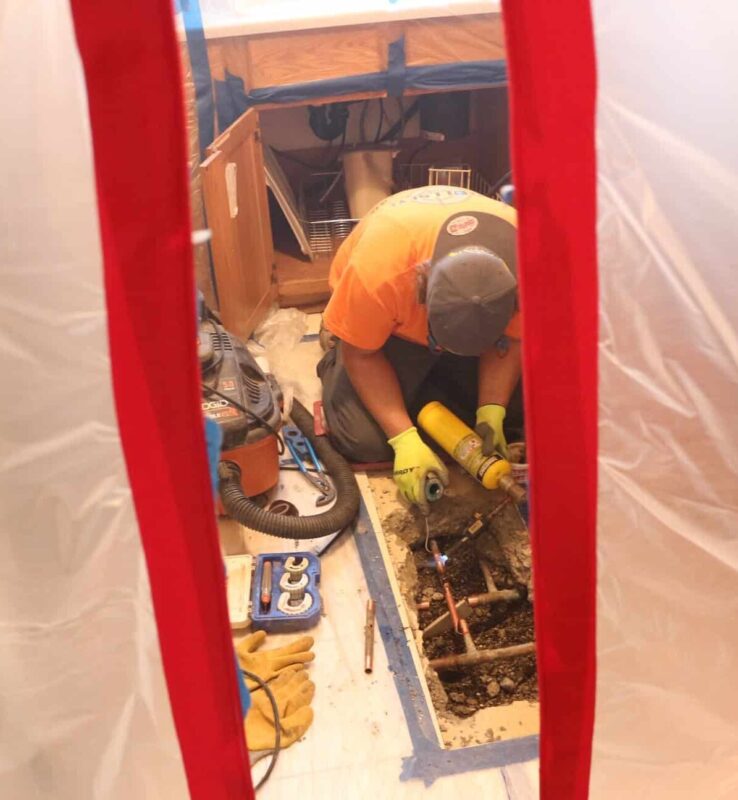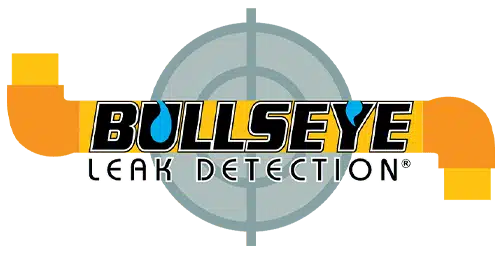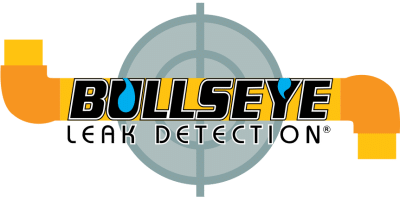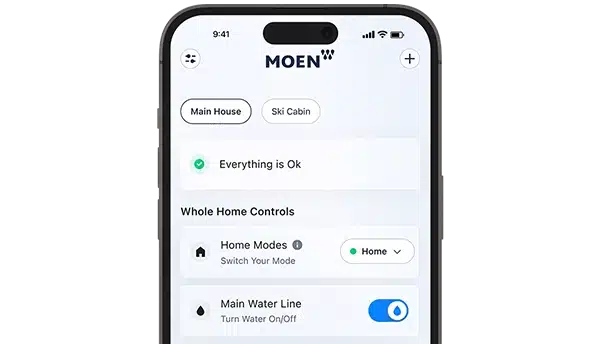Slab Leak
Residential slab leak detection & repairs.
With one of California’s largest concentrations of slab foundation homes, the greater Sacramento area has its share of slab leaks. A common sign of a slab leak is unexpectedly hot floors, which may indicate a hot water line leak beneath the concrete.
As the first step of our repair process, we set up containment of the area the same way a surgical team sets up a clean operating room. We install zip-wall containment to keep the dust and the debris from spreading to the rest of the house.
To prevent potential damage to post-tension slab cables we scan the concrete and mark out any potential cables. The ground is then jack-hammered open. Next we excavate the ground, removing gravel and soil from under the slab and exposing the buried copper piping. Our technician cuts out the leaking section of the copper pipe.
In most cases, the leak can be as small as a pinhole or the tip of a ballpoint pen. With the leak cut out, we are able to test the system in both directions to determine if there are any additional leaks in this affected area before the repair is made. Our technician makes the necessary repairs to the copper piping under the slab and performs a final pressure test. Typically our technician will then back-fill and patch the concrete, smooth and level to the existing slab.
As a leading plumbing repair specialist in Sacramento, we guarantee our repairs with a one-year warranty.


Types of slab leak plumbing
Soft-rolled copper pipe | steel water pipe | copper hard pipe
The most common slab copper piping is a soft-rolled copper pipe that is installed in the ground before the concrete is poured. This piping was used for a number of years because it allowed plumbers to put long sections of piping across the house without having to slow down the construction process.
The soft-rolled copper also made it possible to run lengths of pipe without connecting fittings under the slab. Each end of the copper pipe came up into the wall and was connected to the supplied fixture. It was also then connected to additional piping feeding to other fixtures. This connection point is typically referred to as a manifold (as seen in photo B).
Older homes made prior to the mid 1970’s were constructed with an outdated building practice, where the pipes were installed under the slab with below-grade fittings feeding each fixture or additional location. This typically resulted in broken slab fittings (as seen in photo A). Some of these homes were plumbed under the slab with steel water piping and some were plumbed with copper hard pipe. Our technician can typically identify the type of piping layout during the initial inspection. The only repair option for slab hard pipe is to excavate in the leaking location and replace a small section of that pipe or abandon the underground piping and repipe overhead.
Slab Construction
Concrete-slab homes are still made these days but current building codes require a chase pipe or conduit surround the piping and transition fittings must be located above grade.
A typical domestic concrete slab is between 3 and 10 inches thick. The perimeter of the home and the load-bearing areas are part of the foundation and are typically 2-3 feet thick. The concrete is all poured at the same time to provide a continuous connection between the concrete floor and the foundation.
Prior to the concrete being poured, the contractor and plumbers install the sewer pipe and the water pipes approximately 12 inches to 4 feet deep. This piping is aligned in the ground to correspond with the planned location of the plumbing fixtures.
Typically, the contractor lays a Visqueen waterproof barrier and then a layer of gravel before pouring the concrete. Because of this, homeowners often do not see moisture or water surfacing in the home from an underground slab leak. The water simply drains down into the ground and away from the home.





